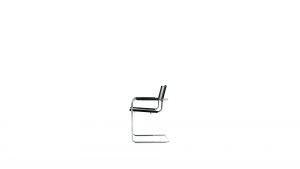

Bianco-White
Bianco-White
+39 055 8070115
Via L. Da Vinci, 118/14
Barberino Tavarnelle
50028 – Firenze
If you want to ask for information about a product or if you want to know general information send us a message, we will reply as soon as possible.
Fill out the form here, you will receive the updated Mvsevm catalog by email.

This cantilever was designed in 1926 and put into production in 1927. It is similar in form to a chair attributed to Breuer by Thonet in their production of 1927 (B33). In a law suit of 1926 to 1932, the German courts attributed the models to Stam. In the earliest Stam production version there was a horizontal bar between the front legs. In the Breuer version, as well as all later version, the horizontal bar was replaced by a support under the seat.
In 1923, Gerhard Stuttgen, a teacher at the Cologne Art School made a cantilever chair using flexible Mannesmann tube. This was exhibited at a student-faculty show of 1924. At the time no one seems to have understood the significance of this invention, In late 1924, Mart Stam, presumably unaware of the chair of Stuttgen, also conceived the idea of the cantilever. Stuttgen's starting point was technical rather than architectural. In all probability, he merely wanted to demonstrate what could be done with Mannesmann tube. Stam, on the other hand, saw the cantilever as a rotation of planes. Not being a metal expert, his first chair was a rigid cast iron tube with plumber joints at the bends. In 1925-1926 Stam was in contact with Mies van der Rohe who had invited him to participate at the Weissenhof Housing Exhibition. It is presumed that Mies told Stam of the new bending equipment that Breuer was using at the Bauhaus. Also, in all probability, Mies derived his idea of the cantilever from Stam. Several weeks after Stam's straight legged cantilever arrived at the Exhibition, Mies unveiled his curved leg cantilever (see model 314).
All this is the consensus patri regarding the origins of the cantilever. However, rather obvious arguments of a purely technical nature can be offered to sustain that the cantilever is not so much an idea or design concept as an inescapable outcome of the use of bending equipment upon cold-rolled steel tube. The fact is that it is difficult to avoid the cantilever when making a chair of bent tube. Once steel furniture became fashionable and bending equipment readily available, the cantilever and the sled-base (which is a cantilever on its side) became the most common tubular steel chairs. This was not because everyone was plagiarizing Mies, Stam and Breuer but because these economically efficient solutions were imposed by the technical limitations of the equipment available. Anyone who has ever been involved in the manufacture of furniture knows that designs are more often modified to fit existing equipmenti than vice versa.
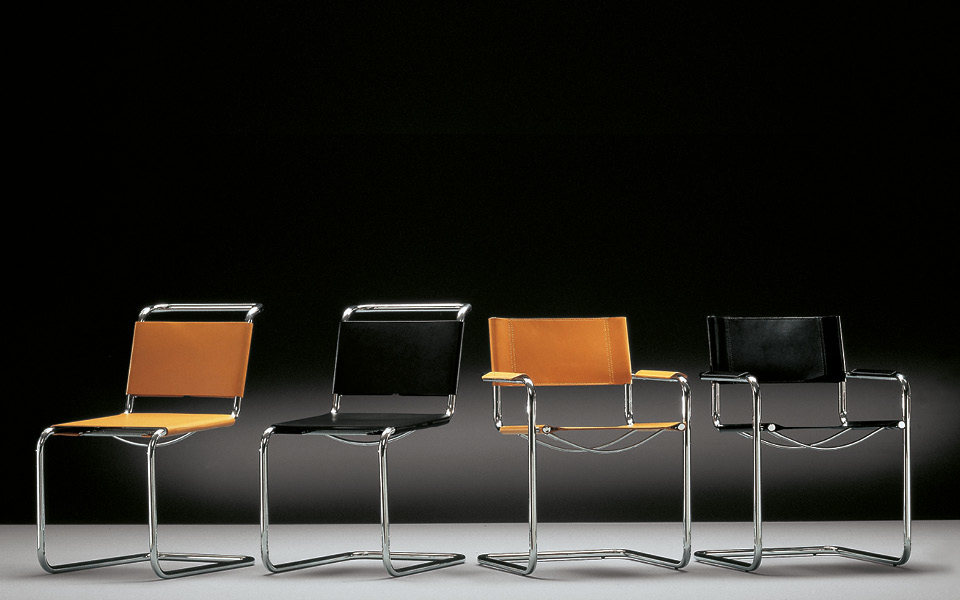


Chair with curved tubular steel frame, in chrome or painted finish. Seamless hide backrest with exposed rope laces, combining function and handcrafted detail. Seamless hide seat, secured with elastic straps for comfort and support. Equipped with non-slip rubber feet.
| L./W. | H. | D. | |
| 49 | 83 | 62 | CM |
| W. | H. | D. | |
| 19,3″ | 32,7″ | 24,4″ | IN |


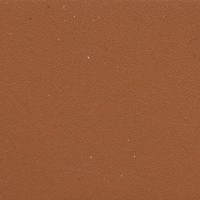

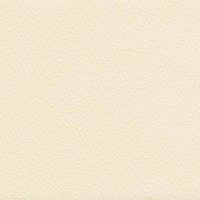
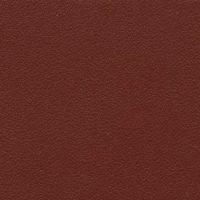

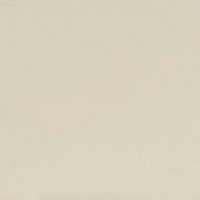
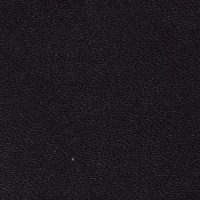

Bianco-White

Grey

Natural-Dark tan hide

Black

Panna-Light tan hide

Bulgarian red

40.20
Glossy – matt dark red

Sand

Dark brown

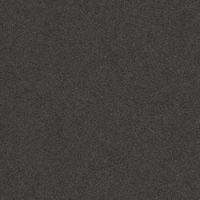
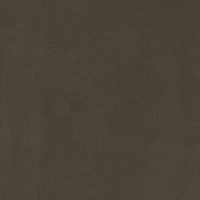












36
Empire Gold

320
Black pearl

620 Bronze

RAL 1013
Cream

1035 Pearl Beige

3007 amaranth

4820 Rusty pear

RAL 7006
Beaver

RAL 8019
Matt dark brown

RAL 9005
Matt black

RAL 9016
Matt white

Alu–chrome

Embossed aluminium

RAL 3003 Red
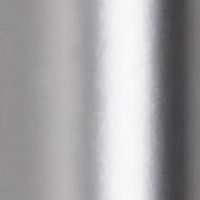

Chrome


